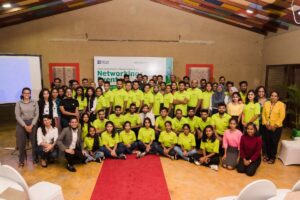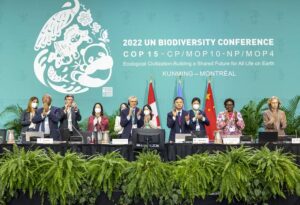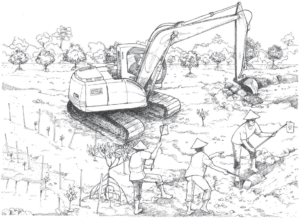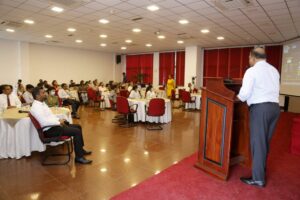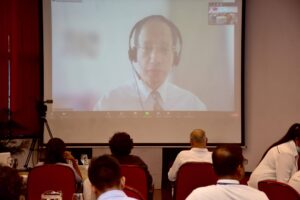Picture credits: Chandika Jayaratne
The Sri Lankan Leopard (Panthera pardus kotiya) is a subspecies unique to the country, the apex predator on the island. As an indicator, umbrella and keystone species, the Leopard helps fulfill critical ecological roles in the ecosystem. The Leopard attracts visitors to our national parks and thus is an important revenue generator. The Leopard is listed in the threatened category in the National Red List (2012) due to the ongoing challenges the animal faces because of conflict with humans and loss of suitable habitat.
In 2021, the 1st of August of each year was declared as Sri Lanka Leopard Day by the Department of Wildlife Conservation, in collaboration with the Wildlife and Nature Protection Society (WNPS), as it helps celebrate this iconic animal whilst continuing to help raise awareness on the continuing threats faced by the species.
Picture credits: Chandika Jayaratne
The leopard, Sri Lanka’s apex carnivore, plays extremely important roles in both the ecology of the island and the long-term conservation of Sri Lanka’s biodiversity. “Sitting at the top of the food chain, there is a strong possibility that the leopard is a “keystone” species in Sri Lanka – meaning that its presence within ecosystems here is far more valuable to the effective functioning of those systems than its relatively modest population numbers would suggest. Remove it from those systems and they may teeter and crash, or at least become less productive,” said Dr. Andrew Kittle and Anjali Watson, Founding Trustees at the Wilderness and Wildlife Conservation Trust (WWCT).
Picture credits: Chandika Jayaratne
They further said that its role in the conservation of biodiversity stems from being both a “flagship” and “umbrella” species. “As a breathtakingly beautiful, charismatic large carnivore, the leopard is widely admired and can act as a “flagship” which can rally conservation efforts – and garner often elusive conservation support – which can benefit not just the leopard but a wider array of species. Due to the fact that leopards are extremely adaptable, living in all habitat types in Sri Lanka, and are also wide-ranging and territorial (a factor that ensures even more space is required for a viable population), they are very useful “umbrella” species. This means that ensuring the long-term protection of a robust leopard population in Sri Lanka ensures, by default, the conservation of a host of smaller and more spatially restricted species that fall under its ‘ecological umbrella’.
“WWCT utilizes these aspects to focus on landscape-level conservation of the leopard and wider biodiversity, by identifying leopard refugia and movement corridors which link larger forested and/or protected areas in the Central Highlands as well as in other parts of the leopard’s island-wide range. Once identified, these vital links become the focus of collaborative conservation efforts to ensure their continued use.
“Sri Lanka benefits from the presence of the leopard on its forest trails and mountain slopes – ecologically through its role in the system, economically through the revenue that it garners as a star attraction in National Parks, and aesthetically, marked by the quickening of the pulse and sharp intake of breath that so often characterizes a glimpse of this graceful, elusive predator,” they added.





